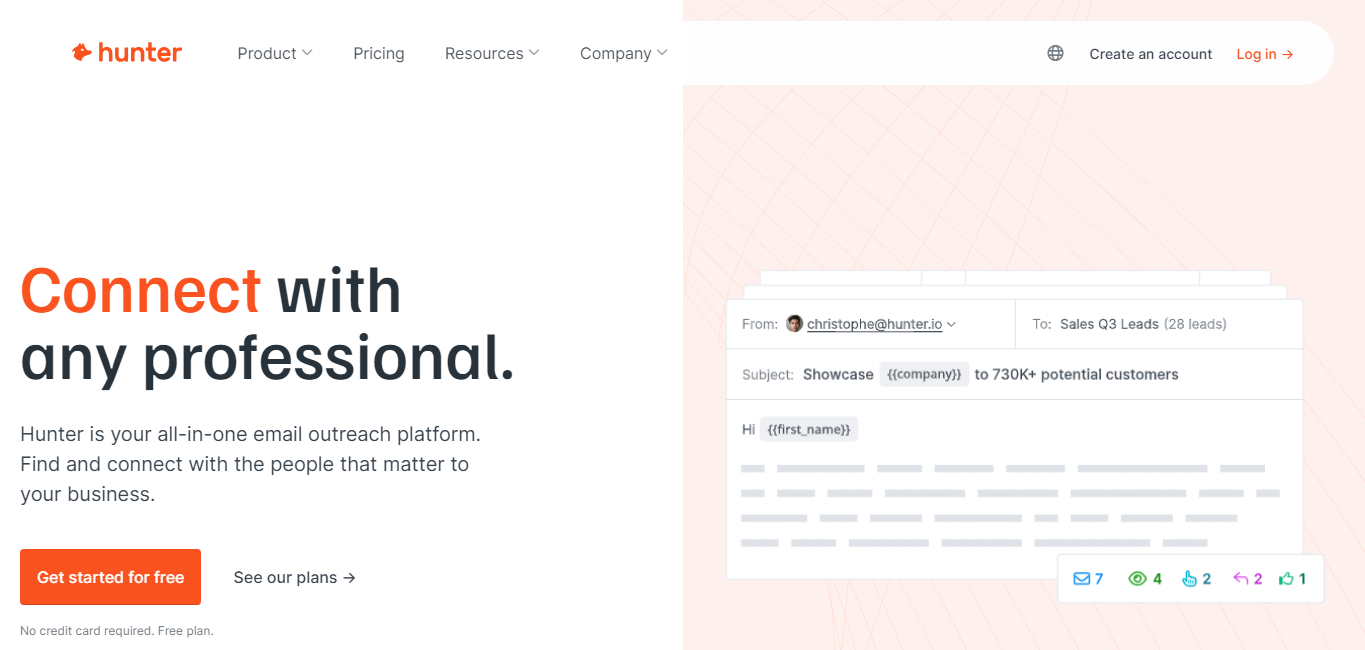Maximizing Email Advertising Campaigns: A Comprehensive Guide for Success
In the realm of electronic advertising and marketing, e-mail campaigns remain to be a foundation for services seeking to involve with their target market successfully. The possible reach and effect of a well-crafted e-mail can be enormous, yet the key hinge on the optimization of each campaign element. From the subject line that figures out whether an email gets opened up to the detailed strategies of audience division, customization, and A/B screening, every information plays a critical duty in the success of an e-mail marketing campaign. By understanding these components and understanding the art of metrics tracking and evaluation, services can open truth possibility of their e-mail campaigns.
Crafting Compelling Subject Lines
Crafting engaging subject lines is an important facet of e-mail marketing project optimization that dramatically influences open prices and engagement levels. A well-crafted subject line serves as the very first factor of get in touch with between the sender and the recipient, determining whether the e-mail obtains opened up or overlooked.
Additionally, A/B screening various subject lines can supply valuable understandings right into what resonates ideal with the target audience, allowing for continuous optimization based on real-time data. hunter io pricing. The ultimate objective of crafting engaging subject lines is to entice receivers to open the e-mail, thereby boosting the possibilities of conversion and cultivating a favorable partnership in between the brand and the audience

Target Market Division Strategies
Reliable audience segmentation approaches contribute in tailoring email advertising projects to specific demographics or behavior patterns, maximizing engagement and conversion rates. By separating your subscriber checklist right into smaller sized, more targeted segments based on aspects like age, area, acquisition background, or searching habits, you can deliver much more customized and pertinent material to each group. This tailored technique increases the likelihood of recipients involving with your emails, eventually leading to greater conversion prices.

Customization Strategies
The application of personalized web content in e-mail advertising campaigns enhances client involvement and cultivates a deeper link with receivers. Customization methods allow online marketers to customize their messages to private choices, actions, and demographics, boosting the probability of conversion - hunter io pricing. One reliable technique of personalization is making use of the recipient's name in the subject line or salutation, creating a sense of knowledge and relevance. In addition, leveraging information from past interactions and purchase background enables online marketers to suggest services or products that straighten with the recipient's interests. Dynamic content insertion better improves personalization by delivering tailored web content blocks based on customer data or division requirements.
Beyond basic customization, advanced methods such as behavioral targeting and predictive analytics can prepare for consumer requirements and deliver very appropriate content in real-time. By evaluating client communications and engagement patterns, marketing experts can send prompt and additional resources personalized suggestions that reverberate with receivers. The secret to successful personalization exists in accumulating and leveraging client data efficiently while valuing personal privacy and data defense policies. By applying individualized techniques attentively and strategically, e-mail marketing professionals can drive higher engagement, enhance conversion prices, and foster long-term customer commitment.
A/B Testing Ideal Practices
To enhance the performance of email advertising projects, utilizing A/B testing ideal methods is necessary for determining the most impactful methods. A/B testing involves contrasting 2 variations of an advertising aspect, such as subject lines, content, or calls-to-action, to see which performs much better with your audience. When performing A/B tests, it is essential to focus on one variable at a time to accurately gauge its effect on the project's success.
To guarantee dependable results, it is recommended to check a significant part of your email checklist, preferably splitting it equally in between the control (A) and variant (B) groups. In addition, establishing clear objectives and vital performance signs (KPIs) before running the tests is essential for effectively reviewing the outcomes. Evaluating the outcomes thoroughly and drawing actionable understandings from the information will certainly assist in refining future e-mail advertising methods. By continually screening and enhancing various components via A/B testing, online marketers can enhance interaction, conversion rates, and inevitably, the overall success of their e-mail projects.
Metrics Tracking and Analysis
For email advertising campaigns to produce optimal results, thorough tracking and analysis of crucial metrics are essential. By keeping track of various metrics, marketing professionals can get valuable understandings right into the performance of their campaigns and make data-driven decisions to boost performance. A few of the crucial metrics to track consist of open prices, click-through prices, conversion rates, bounce prices, and unsubscribe prices. Open rates show the number of recipients opened my explanation the email, while click-through prices determine the number of customers who clicked web links within the e-mail. Conversion rates disclose the percentage of recipients that finished a desired activity, such as making a purchase. Bounce rates highlight the number of e-mails that were undeliverable, and unsubscribe prices show the variety of recipients pulling out of future interactions. Evaluating these metrics enables marketers to identify patterns, locations for renovation, and techniques for optimizing future campaigns, inevitably bring about enhanced engagement and ROI.
Verdict
In final thought, optimizing e-mail advertising and marketing campaigns needs interest to detail and tactical planning. Crafting compelling subject lines, making use of target market segmentation techniques, applying personalization methods, conducting A/B screening, and monitoring metrics are all vital elements for success. By following these standards and constantly assessing campaign efficiency, organizations can boost involvement, conversion rates, and general official source effectiveness of their e-mail advertising efforts.